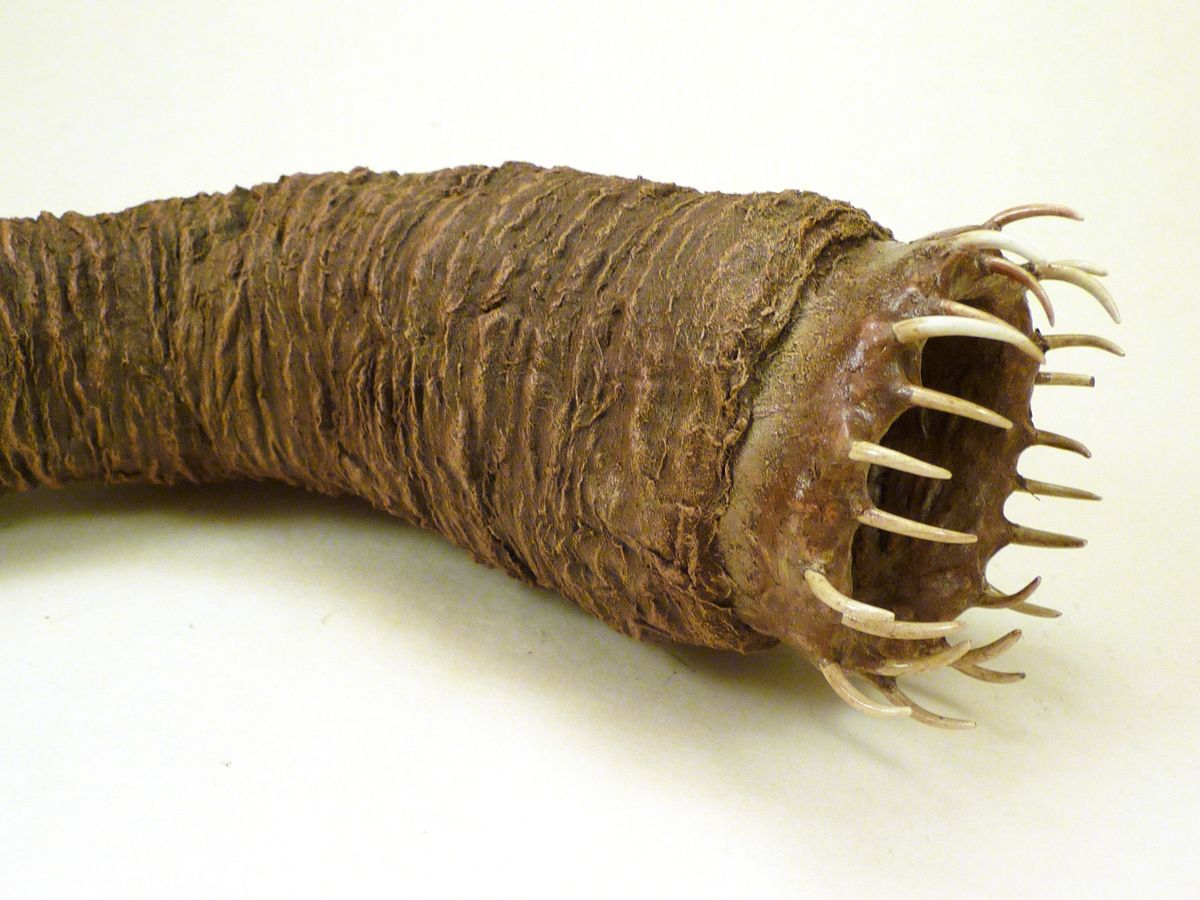
Is the Mongolian Death Worm real? This question has puzzled adventurers, scientists, and cryptozoologists for decades. The Mongolian Death Worm, known locally as Olgoi-Khorkhoi, is said to inhabit the Gobi Desert. Descriptions paint it as a large, red, worm-like creature capable of delivering electric shocks or spraying venom. Despite numerous expeditions and countless stories, no concrete evidence has surfaced to prove its existence. Some believe it’s a myth born from the harsh desert environment, while others hold out hope that this elusive creature is real. Whether fact or fiction, the legend of the Mongolian Death Worm continues to captivate imaginations worldwide.
Key Takeaways:
- The Mongolian Death Worm, a legendary creature from the Gobi Desert, has fascinated people for generations with its terrifying abilities and mysterious sightings.
- Despite scientific skepticism, the legend of the Mongolian Death Worm continues to captivate the imagination of people worldwide, inspiring works of fiction and sparking interest in the scientific community.
What is the Mongolian Death Worm?
The Mongolian Death Worm is a legendary creature said to inhabit the Gobi Desert. Known locally as the Olgoi-Khorkhoi, it has fascinated and terrified people for generations. Let's dive into some intriguing facts about this mysterious beast.
- 01
The name "Olgoi-Khorkhoi" translates to "large intestine worm" in Mongolian, reflecting its supposed appearance.
- 02
Descriptions often depict it as being between 2 to 5 feet long, with a thick, red body.
- 03
Some accounts claim it can spit a corrosive venom that can kill on contact.
- 04
Others say it can generate electric shocks, incapacitating its prey from a distance.
Historical Accounts and Sightings
Stories of the Mongolian Death Worm have been passed down through generations. Here are some notable mentions and sightings.
- 05
The first known Western mention of the creature was by Roy Chapman Andrews in his 1926 book "On the Trail of Ancient Man."
- 06
Andrews, an American explorer, heard about the worm from Mongolian locals but never saw it himself.
- 07
In 1983, a Czech cryptozoologist named Ivan Mackerle led an expedition to find the worm but came back empty-handed.
- 08
Despite numerous expeditions, no scientific evidence has been found to confirm its existence.
Characteristics and Abilities
The Mongolian Death Worm is said to possess some terrifying abilities. Here are some of the most chilling characteristics attributed to it.
- 09
Its venom is rumored to be so potent that it can corrode metal.
- 10
The worm is believed to hibernate most of the year, emerging only during the hottest months.
- 11
Some say it can kill a camel or a human with a single touch.
- 12
It is often described as having no visible eyes, mouth, or nostrils.
Cultural Impact and Influence
The legend of the Mongolian Death Worm has permeated various aspects of culture, from literature to film.
- 13
It has been featured in numerous books, including "The Cryptid Hunters" series by Roland Smith.
- 14
The creature appeared in an episode of the TV show "Destination Truth."
- 15
It has inspired several horror movies, such as "Tremors," although the worm in the film is much larger.
- 16
The Mongolian Death Worm is a popular subject in cryptozoology, the study of animals whose existence is unsubstantiated.
Scientific Skepticism
While the legend is captivating, the scientific community remains skeptical about the existence of the Mongolian Death Worm.
- 17
Many scientists believe the stories are a result of folklore and misidentifications of known animals.
- 18
Some suggest that the worm could be a type of snake or legless lizard.
- 19
The harsh conditions of the Gobi Desert make it an unlikely habitat for such a creature.
- 20
No physical evidence, such as bones or skin, has ever been found.
Expeditions and Research
Numerous expeditions have been launched to find the Mongolian Death Worm, but none have been successful.
- 21
In 2005, a British expedition led by cryptozoologist Richard Freeman searched for the worm but found no evidence.
- 22
Freeman's team used modern technology, including ground-penetrating radar, to no avail.
- 23
In 2011, a New Zealand television crew also attempted to find the worm but came back empty-handed.
- 24
Despite the lack of evidence, interest in finding the worm continues to this day.
Theories and Explanations
Various theories have been proposed to explain the legend of the Mongolian Death Worm.
- 25
Some believe it could be a new species of worm or snake yet to be discovered.
- 26
Others think it might be a surviving member of an ancient species long thought extinct.
- 27
Some suggest that the stories are exaggerated accounts of encounters with venomous snakes.
- 28
Another theory is that the worm is a myth created to explain unexplained deaths in the desert.
Local Beliefs and Superstitions
The Mongolian Death Worm holds a significant place in local folklore and superstition.
- 29
Many Mongolians believe the worm is a supernatural creature with magical powers.
- 30
Some think it is a guardian of hidden treasures in the desert.
- 31
Others believe it is a punishment from the gods for disturbing the desert's peace.
- 32
The worm is often used in cautionary tales to keep children from wandering into the desert.
Modern-Day Interest
Despite the lack of evidence, the Mongolian Death Worm continues to captivate the imagination of people worldwide.
- 33
It is a popular subject on cryptozoology websites and forums.
- 34
The worm has inspired numerous works of fiction, from novels to video games.
- 35
It is often featured in documentaries and TV shows about mysterious creatures.
- 36
The legend has even sparked interest in the scientific community, with some researchers hoping to find evidence of its existence.
Conclusion
The Mongolian Death Worm remains one of the most intriguing and elusive creatures in cryptozoology. Whether a real creature or a product of folklore, its legend continues to captivate and terrify. Here are a few more facts to ponder.
- 37
Some believe the worm's venom could be used for medicinal purposes if it were ever found.
- 38
The Gobi Desert, the worm's supposed home, is one of the harshest environments on Earth.
- 39
Despite numerous expeditions, no one has ever captured a photograph of the worm.
- 40
The legend of the Mongolian Death Worm has been passed down for centuries, showing no signs of fading.
- 41
Whether real or mythical, the Mongolian Death Worm continues to be a subject of fascination and fear.
The Final Word on the Mongolian Death Worm
The Mongolian Death Worm remains one of the most intriguing mysteries of the Gobi Desert. Despite numerous expeditions and countless stories, concrete evidence of its existence eludes us. This elusive creature, described as a large, red worm capable of delivering deadly shocks or spraying venom, continues to captivate imaginations worldwide. Whether it's a real animal or just a legend, the fascination surrounding it highlights our enduring curiosity about the unknown. While skeptics argue it's a myth, locals and some researchers believe there's more to the tale. Until definitive proof surfaces, the Mongolian Death Worm will remain a subject of debate and wonder. Keep an eye out for new discoveries, as the world of cryptozoology often surprises us.
Frequently Asked Questions
Was this page helpful?
Our commitment to delivering trustworthy and engaging content is at the heart of what we do. Each fact on our site is contributed by real users like you, bringing a wealth of diverse insights and information. To ensure the highest standards of accuracy and reliability, our dedicated editors meticulously review each submission. This process guarantees that the facts we share are not only fascinating but also credible. Trust in our commitment to quality and authenticity as you explore and learn with us.


